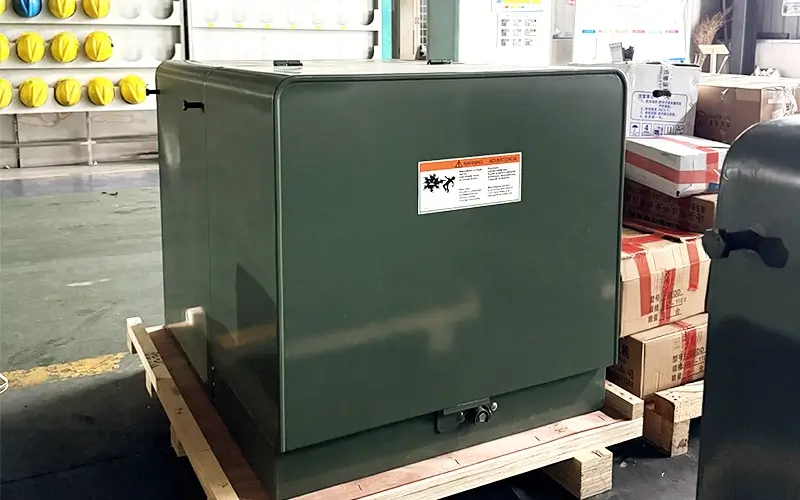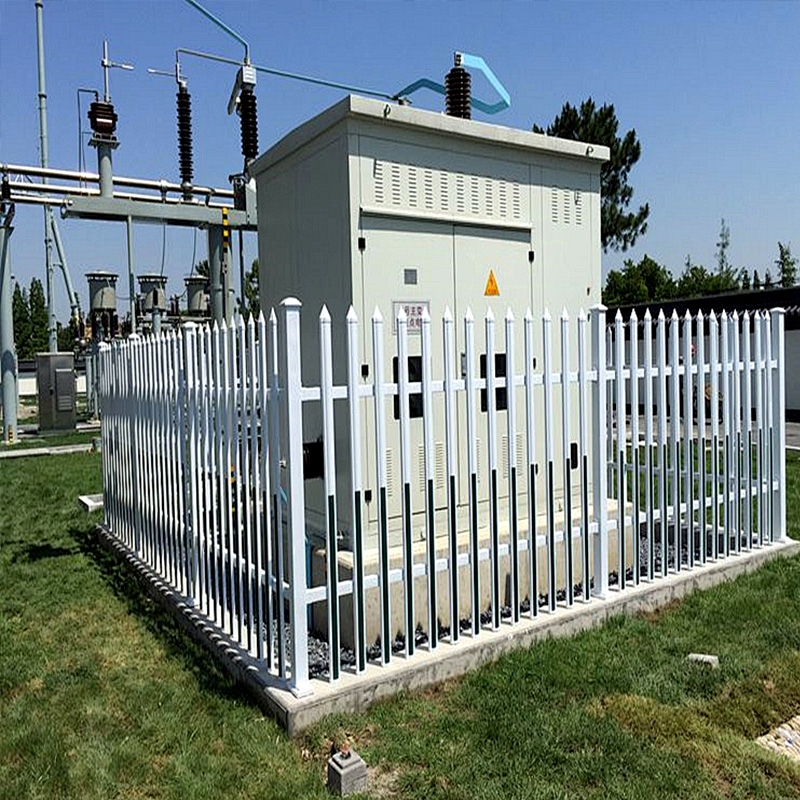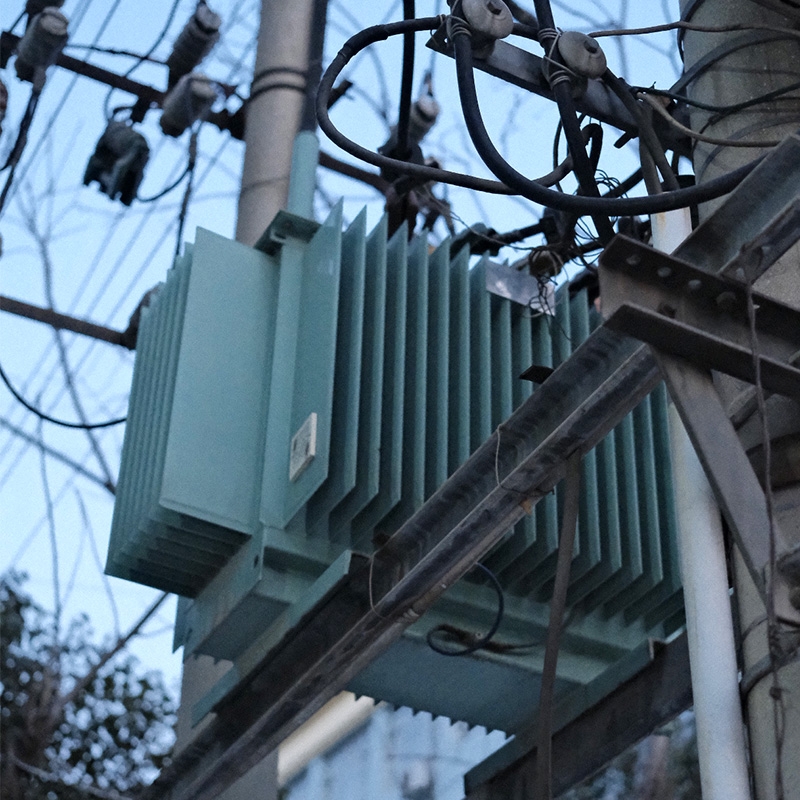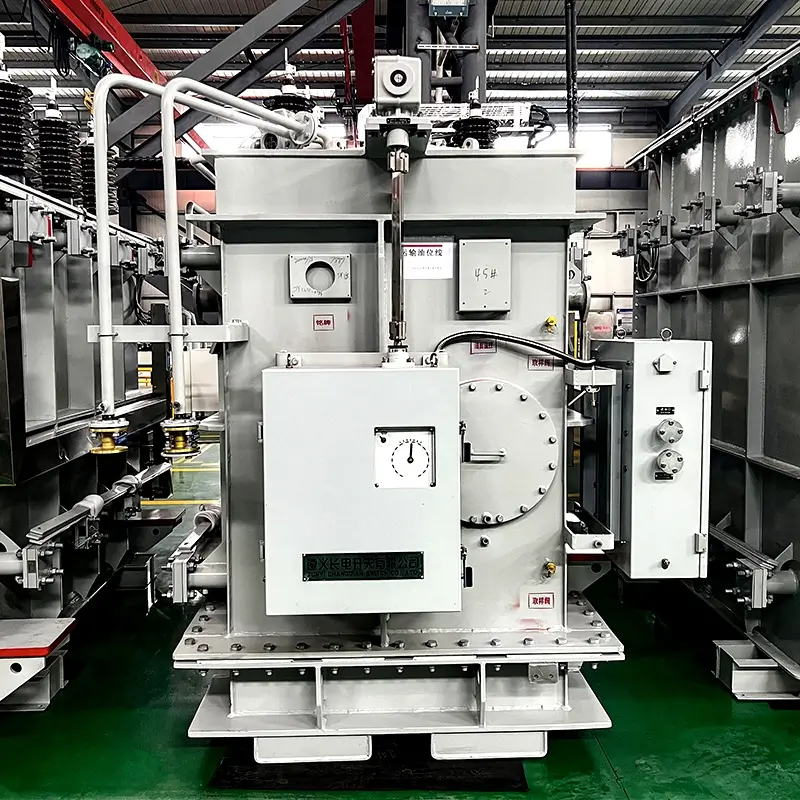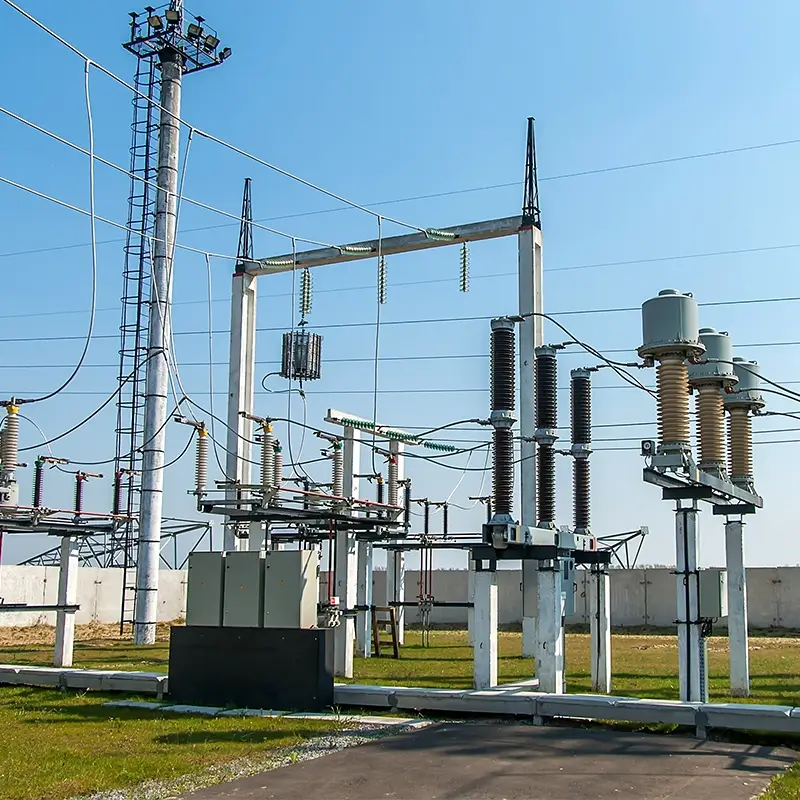Middle East Transformer Market: Barriers and Drivers
The Middle East Power Transformer market is expected to grow at a CAGR of 10% in terms of revenue from 2023 to 2030. According to PTR’s assessment, growth will be driven primarily by infrastructure development projects, expansion of transmission and distribution capacity, shift towards clean energy, and strategic initiatives in the region.
However, project delays, particularly in Saudi Arabia and Egypt, are likely to slow the growth of the power transformer market in the region. Interestingly, the power transformer market in the region is moving towards localization, which is a necessity to avoid high costs and supply chain issues of power transformers. Market Drivers There are several key factors driving the growth of the Middle East power transformer market, including major infrastructure development projects, expansion of transmission and distribution networks, shift towards renewable energy, and strategic initiatives within the GCC. Infrastructure Development Initiatives Oil-rich Gulf countries are strategically shifting investments from oil and gas to diversifying their economies, triggering a surge in large infrastructure projects in the Middle East. The increase in infrastructure activities is expected to significantly increase the demand for power transformers as it requires improved grid connectivity and integration of renewable energy. Grid Development The Middle East’s transmission capacity is expected to increase by 600,000 MVA by 2030, which will drive the demand for power transformers in the region. Specifically, Saudi Arabia plans to increase the capacity of its high-voltage transmission substations by nearly 200,000 MVA, which will result in the Saudi Electricity Company (SEC) building approximately 560 new substations and installing new power transformers. Shift to Renewable Energy Utility-scale solar capacity is expected to increase significantly in the Middle East and Africa (MEA) region, with approximately 25 gigawatts (GW) of new solar capacity expected. Saudi Arabia is particularly ambitious, aiming to have renewable energy account for 50% of its energy mix by 2030 and has set a long-term goal of achieving net zero emissions by 2060. Meanwhile, Dubai and Kuwait are targeting 25% and 15% renewable energy by 2030, respectively. These ambitious goals are likely to drive a significant increase in demand for power transformers across the region. Dubai’s Vision 2040, the GCC’s strategic plan, lays out a detailed urban development strategy that could significantly impact future transformer demand. Meanwhile, Saudi Arabia’s Vision 2030 emphasizes economic diversification through various initiatives, which could reshape transformer demand as the country moves away from its reliance on oil. Project Delays Infrastructure plans in the Middle East are undergoing a major shift, highlighted by the recent delays to Saudi Arabia’s NEOM project. A key factor behind this slowdown is said to be financial uncertainty, which has apparently led to implementation delays.
In addition, Saudi Arabia’s budget deficit is expected to continue until at least 2026, largely due to lower-than-expected oil revenues. To achieve a balanced budget, oil prices need to remain around $86 per barrel, above the recent average. While Saudi Arabia overcomes these obstacles, other Middle Eastern countries have experienced mixed results in infrastructure development. Obstacles facing Egypt
Egypt, for example, has invested heavily in infrastructure, including a $58 billion new capital. However, the country faces a severe economic recession, which has been exacerbated by the pandemic and geopolitical tensions, leading to currency devaluation and soaring inflation. The Egyptian pound has lost half of its value in the past 18 months, and inflation peaked at 36.5% in July 2023. Despite these challenges, foreign investment has become a vital support system that helps sustain infrastructure projects and stabilize the economy.
Significant foreign investment in Egypt includes a $35 billion deal with the UAE for development rights along the Mediterranean coast, as well as significant funding through China under the Belt and Road Initiative. In addition, the International Monetary Fund has agreed to provide an $8 billion financial package that will rely on the country's economic reforms. These investments will be critical to maintaining momentum in Egypt's urban projects, with $3.9 billion allocated between 2024 and 2025, highlighting the importance of foreign capital in overcoming domestic economic obstacles. In contrast, the UAE continues to advance its infrastructure projects without encountering similar delays. Abu Dhabi has approved 144 new projects with a total budget of nearly $18 billion, focusing on areas such as housing, education, and tourism. The UAE's proactive approach reflects a more stable economic environment that has facilitated continued infrastructure development. Impact on the Power Transformer Market Delays and financial uncertainty affecting infrastructure projects across the Middle East have had a significant impact on the power transformer market. 1) Reduced Demand Slowing progress on large projects could lead to a drop in the immediate demand for power transformers. Delays in these projects could delay the installation of transformers required for power distribution and transmission.
2) Investment Shift Egypt’s reliance on foreign capital suggests the power transformer market could see volatility depending on the stability and inflow of these funds. If economic conditions deteriorate, funding for basic infrastructure upgrades could slow further, negatively impacting transformer demand. 3) Long-term demand Countries such as the UAE that are aggressively pursuing infrastructure plans could create growth opportunities for the power transformer market. As these projects move forward, demand for reliable, efficient power transmission and distribution solutions could increase in the long term. 4) Technological Advances As the region works toward its 2030 goals, innovative and efficient transformer technologies, especially those that facilitate renewable energy integration, have growth potential. 5) Future Demand Outlook The future outlook for the power transformer market in the GCC region is promising, with changing industry dynamics influencing demand. From 2019 to 2023, the market was primarily driven by the power generation and infrastructure sectors, which together accounted for 74% of the share. Looking ahead to 2024-2028, while the infrastructure sector is expected to remain strong, the power generation sector is expected to decline due to changing energy priorities and a slowdown in large-scale projects.
Demand from the oil and gas industry is also expected to decline, reflecting a reduction in large-scale development projects. In contrast, the petrochemical industry is likely to see substantial growth, thereby increasing transformer demand. Market spending is expected to increase, suggesting a positive growth trajectory for the power transformer industry in the region. Saudi Arabia Saudi Arabia is advancing several large infrastructure projects such as NEOM, the Red Sea Project, and Qiddiya, all of which require significant investments in power infrastructure, including transformers. Under Vision 2030, the country has set ambitious renewable energy targets.
As Saudi Arabia continues to advance tenders for large renewable energy projects, the country's demand for transformers has increased. In addition, the country is expanding its transmission and distribution network to support the increase in renewable energy capacity and overall electricity demand, while also investing in the construction of green hydrogen and ammonia plants as part of the NEOM plan. Dubai, UAE, is committed to increasing its renewable energy share to 25% by 2030 and 100% by 2050, which will prompt it to make significant investments in its grid and power infrastructure. Dubai Electricity and Water Authority (DEWA) reported a significant increase in the number of new transmission substations in the first half of 2022, indicating its commitment to strengthening the grid.
In addition, TRANSCO plans to significantly increase the network capacity in Abu Dhabi by 2026. Infrastructure projects such as the expansion of the Dubai Etihad Rail network are also expected to drive transformer demand as transformers are needed for new tracks and stations. Oman Oman is expected to become the third largest transformer market in the GCC, driven by the Vision 2040 emphasis on economic diversification and infrastructure development. Oman Electricity Transmission Company (OETC) is investing in grid upgrades and plans to connect a large number of renewable energy sources by 2026. Kuwait Kuwait's Vision 2035 aims to position the country as a regional hub and has made significant investments in infrastructure and power generation. As the country's grid is upgraded, renewable energy will account for 15% of power generation, a goal that will further drive transformer demand. Qatar Qatar's transformer market is expected to see moderate growth, mainly due to the expansion of the transmission network by Kahramaa in accordance with the National Vision 2030. Major projects such as the expansion of the North Field Eastern LNG will also drive transformer demand growth. Bahrain Bahrain's transformer market has experienced a decline following the completion of the project, but the Ministry of Electricity and Water is working to expand the grid to meet renewable energy targets, aiming for renewables to account for 10% of its energy mix by 2035. The major OEM market is dominated by a few large companies, including Hitachi Energy, General Electric, Hyundai Heavy Industries, Hyosung, Siemens Energy and Elsewedy Electric, which together account for 60% of the market. Another 35% falls into the "other" category, which includes companies such as Schneider Electric, SPTC, Iljin Electric and Voltamp Transformers. Although Hitachi Energy, General Electric, Hyundai Heavy Industries, Hyosung and Siemens Energy do not have local factories in the region, they together account for 52% of the power transformer market in the Middle East and Africa region. Recent expansion Oman-based Voltamp Energy has partnered with Saudi Arabia's Al Sharif Holding Group to build a $10 million factory called "Saudi Voltamp" to produce high-voltage power transformers. The joint venture aims to increase regional manufacturing capabilities, particularly in Saudi Arabia, which has historically relied on international suppliers due to limited local production. The project, which is in line with Oman's Economic Diversification Vision 2040, will be implemented in phases, with the first phase planning to produce 132 kV transformers by 2025, expanding to 380 kV by 2027 and ultimately reaching an annual production capacity of 30,000 MVA. The need for local manufacturing has become increasingly important amid rising import tariffs, supply chain challenges and Saudi Arabia's efforts to strengthen its grid and reduce its reliance on imports. In addition, the Electrical Industries Company (EIC) has approved a $51.2 million expansion project for its subsidiary Saudi Power Transformer Company (SPTC) in Dammam. The project, which is scheduled to start in late 2024 and be completed in 2026, will enable the production of ultra-high voltage transformers and reactors, thereby increasing SPTC's manufacturing capabilities. The expansion, which currently focuses on medium and large transformers, aims to meet growing domestic demand driven by large projects such as Neom City, King Abdullah Economic City and the Red Sea Tourism Project. The move is aimed at reducing Saudi Arabia's reliance on imported transformers, supporting infrastructure development, and promoting the integration of renewable energy into the grid. Outlook According to PTR's estimates, revenues for the Middle East power transformer market will grow at a strong CAGR of 10% from 2023 to 2030. Most of the growth will be driven by infrastructure development projects, grid expansion, the shift toward renewable energy, and strategic vision within the GCC. Project delays, particularly in Saudi Arabia and Egypt, are likely to curb growth in the region's power transformer market. However, localization efforts are a good sign as they are likely to reduce the high costs and supply chain issues of power transformers in the Middle East. Notably, most of the region's demand for power transformers is met through Western suppliers.
